Coffee has been one of the main agricultural sources of income for Colombia, representing 35% of the agricultural GDP (Gross Domestic Product) in the country. To understand how coffee is commercialized, we’ll study the dynamics behind it, or to be more specific, how the money and the product move across the supply chain.
Product and money dynamics in Colombia
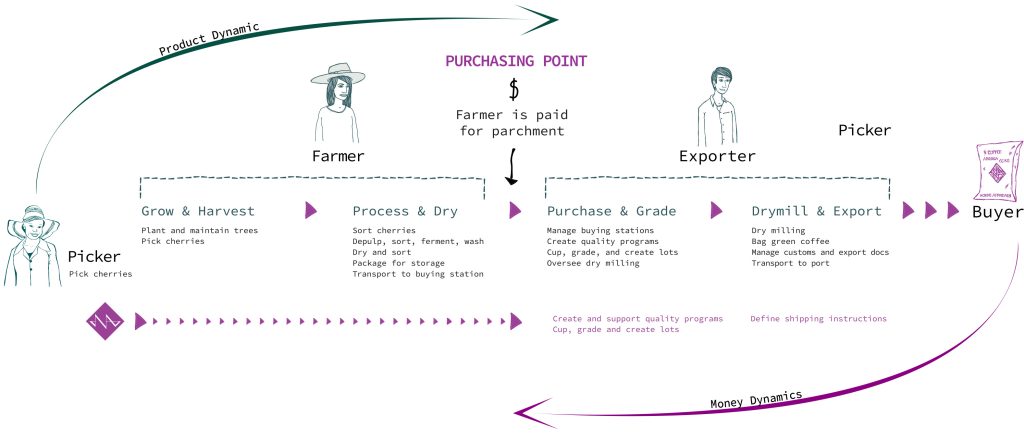
The links in the supply chain
The Picker
In Colombia, all the picking is done by hand and the pickers are paid by the volume of cherry they can deliver daily. The average cherry that is picked in a day in the peak of the season is between 200 – 300 kg of cherry.
Off-season, the pickers can also work fertilizing, pruning, or weeding out to diversify their income.
In Colombia, the picker doesn’t have access to a pension or health insurance unless they privately pay for it from their salary.
The Farmer
The farmer is the person who manages or owns a coffee farm.
The farmer is the one who cultivates the coffee and monitors the current harvest and the peak of the season, to hire more pickers to ensure that all the cherry is picked. He/she is also the person who monitors the processing of the cherries and decides how to process the coffee.
They deliver dry parchment to an exporter, cooperative, or the National Federation of Coffee Growers (FNC). Farmers are paid in Colombian Pesos (COP) per carga (125 kg) of parchment.
In Colombia, all the buying mechanisms created by the FNC have been developed around the production of washed coffee. Therefore, processing the coffee in another way will represent a risk for the farmer if the final client is not assured, otherwise, this coffee will be bought as “defective” and will receive a lower price.
The Purchasing Point
The purchasing point is the place where the farmer can deliver his product and receive payment as soon as possible. The commercialization of coffee at these purchasing points in Colombia is in the form of parchment.
A glossary is included at the end of the article.

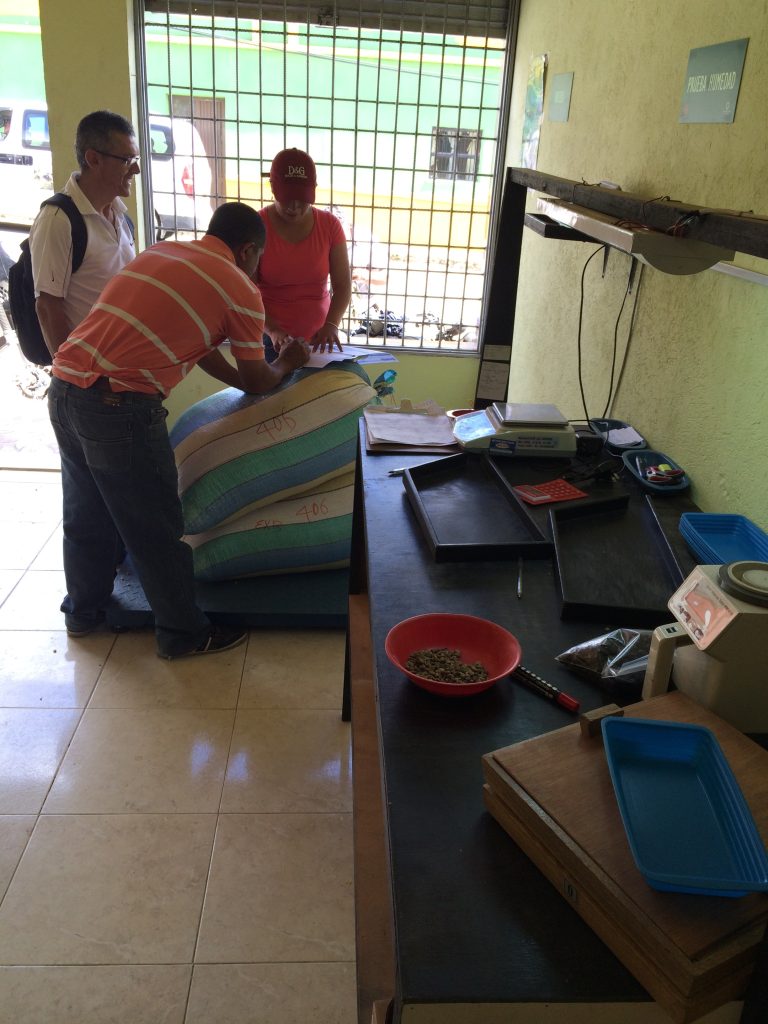
The following purchasing criteria affect the amount of money that the farmer will receive.
Pricing
Each purchasing point gives a price calculated in the following way:
((Excelso Price)*(Quantity of Excelso))+((Pasilla Price)*(Pasilla Quantity)
Most of the time, the price that is provided by the purchasing points is above the one given daily by the FNC.
How to calculate the excelso price?
These items directly affect the price of the Excelso.
- C Market: World Reference price for Arabica Washed coffees
- ICO Colombian Milds Differential: This is the variable that recognizes the quality, reputation, and availability of Colombian coffee against other origins.
- Exchange Rate: It reflects the amount of Colombian Pesos to be paid for a US Dollar.
- Coffee Export Tax: It’s charged by the FNC to be invested in public projects, research, and technical services.
- Logistic and Financial costs: Costs involved in buying, storing, and exporting the coffee.
- Pounds content in a carga with a 94 Yield = 204.7872lb
To calculate the Excelso price, the following formula is used
(C Market Price + ICO Colombian Differential – Coffee Export Tax – Logistic and Financial Costs)*(Exchange Rate)*(Excelso Quantity).
I.e. Indicators for September 21, 2022
C Market: 228,10 Cents USD/LB
ICO Colombian Milds Differential: 69 Cents USD/LB
Exchange Rate: 4426.25 COP/USD
Coffee Export Tax: 6 cents USD/LB
Logistic and Financial costs: 33 cents USD/LB approx
Pounds content in a carga with a 94 Yield Factor = 204.7872
(2.2810 USD/LB + 0.69 USD/LB – 0.06 USD/LB – 0.33 USD/LB) * (4426 COP/USD) * (204.7872 LB) = 2339387 COP
After this calculation, you add the price of the pasilla content in a carga (60000 COP price for September 21, 2022) and you’ll have a rounded price of 2400000.
Control Limits
After all the math and calculation, it is important to understand what are the control limits and under what conditions this price is given.
Yield Factor
The Calculation of the Yield Factor answers the question: “How many kgs of Parchment is required of the delivered coffee to have a 70 kg green bean exportable bag?”
To calculate the yield, the Purchasing Points need to take a representative sample from each bag in a delivered lot to measure the loss, the defects, and the moisture. In some purchasing points with a specialty coffee program, the coffee can be tasted and paid a premium because of the quality.
After the sample is taken and processed, it needs to be calculated with the following formula: Yield = (Parchment kg * 70 kg) / Green kg
I.e.
Yield = (250 grams * 70 kg) / 195.5 grams = 89.5 kg
This means that you’ll need 89.5 kg of parchment coffee for a 70 kg bag of Green Coffee.
Moisture
Moisture is also one of the factors to be considered while purchasing a coffee.
The moisture content determines if the coffee can be exported safely or if it requires extra expenses from the buyer to dry it properly. The FNC established a maximum limit of 12% of Moisture content.
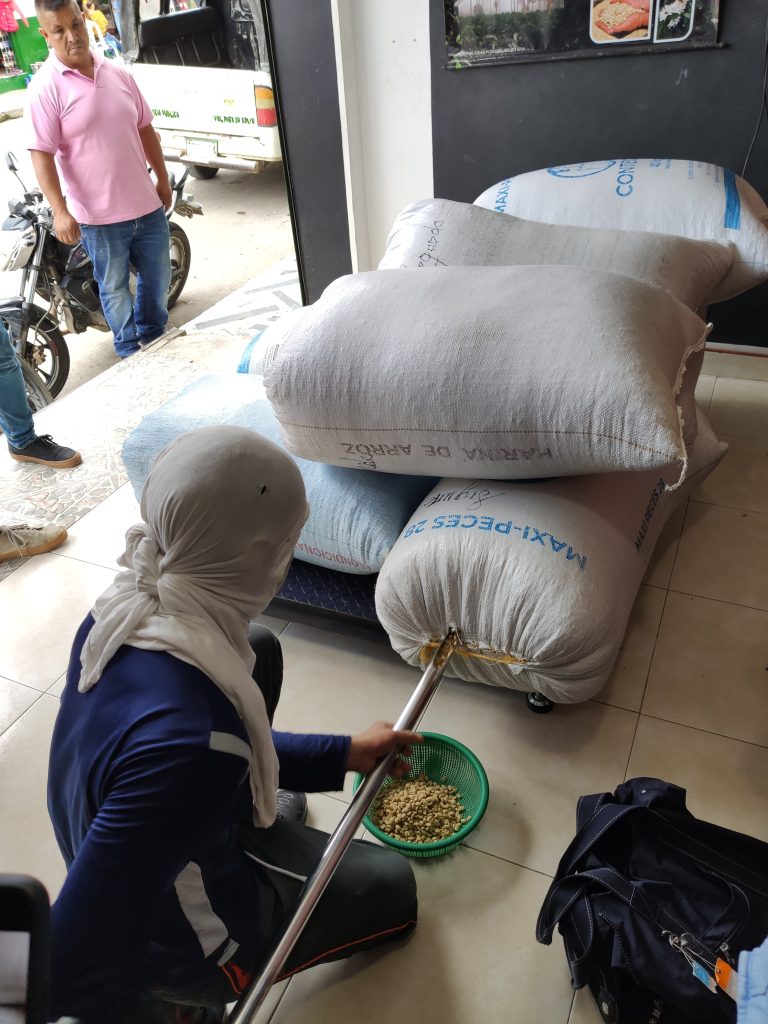
The Exporter
The exporter is the one who buys the coffee from the purchasing points and can also own the site.
They receive coffee samples, evaluate, cup, and grade the coffee, negotiate a price with the producer, buy and store it.
The exporter receives all the specifications requested by the buyer, defines the terms and conditions of their contract, and also refines the raw material to fulfill the requirements to export.
In Colombia, you’ll need to fulfill certain specifications for exporting the coffee, and they can be found in this last resolution – Exporting Resolution.
Once a coffee has been contracted, these companies arrange for dry milling of the coffee, bagging, storage, and transport to port along with export documentation. They also pay the relevant taxes to export the coffee.
In the dry mill, they work to achieve the desired Physical quality and flavour profile.
In Nordic Approach we collaborate with the exporters to create quality programs, training and incentivizing producers to invest in high-quality production, and rewarding those producers with high premiums.
The buyer
The buyer defines the type and quality of the coffee required for their business. It can be a roaster, a coffee shop, or a retailer.
GLOSSARY
Colombian terms used in the coffee production industry
Most of the time in Colombia, you’ll hear terms like “Carga” or “Arroba” in reference to the volume. What exactly are these terms?
Carga: In the MKS System (a physical system of measurement that uses the meter, kilogram, and second as base units), a carga is equivalent to 125 kg. This term is used because it is the maximum weight a mule can carry.
Arroba: An Arroba is a tenth of a Carga (12.5 kg). It’s usually used as a way of measuring smaller quantities of production.
Excelso: Excelso refers to a specific preparation at the dry mill screen size separation in the ICO Size grading manual, but the term is widely used to define “coffee ready to be exported”.
Excelso grade:
- Type ‘Klauss’: screen 16.5 for Germany
- Type ‘Europa’: screen 15 for France, Spain, Italy (Tolerance: 2.5% of beans between screens 12 and 15)
- Type ‘Scandinavia’: screen 14 for Nordic countries
Pasilla: The Pasilla defines the by-products of coffee processing, and it mostly contains all the defective beans or low-screen size beans.
Enki our expert (and eyes) in Colombia has shared this article with us. He keeps us updated on everything that happens there and also in Latin America.
Surely, Colombia caught your attention, and you want to check some of its coffees – check the list
There are more Colombian coffees approaching – check incoming coffees
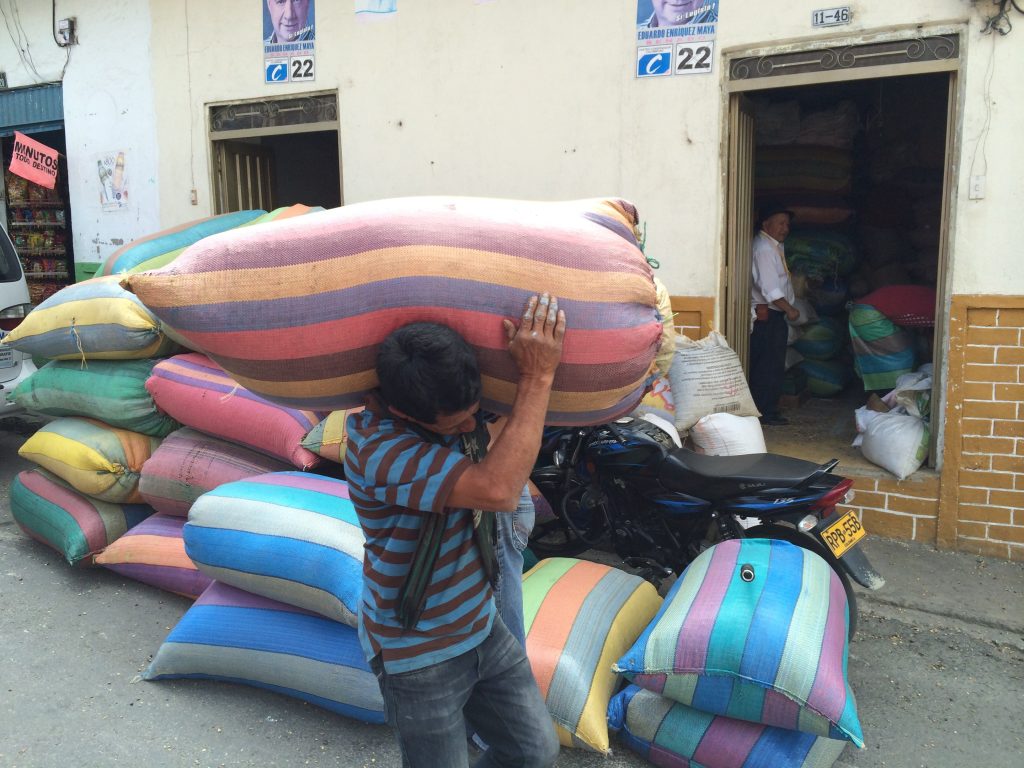
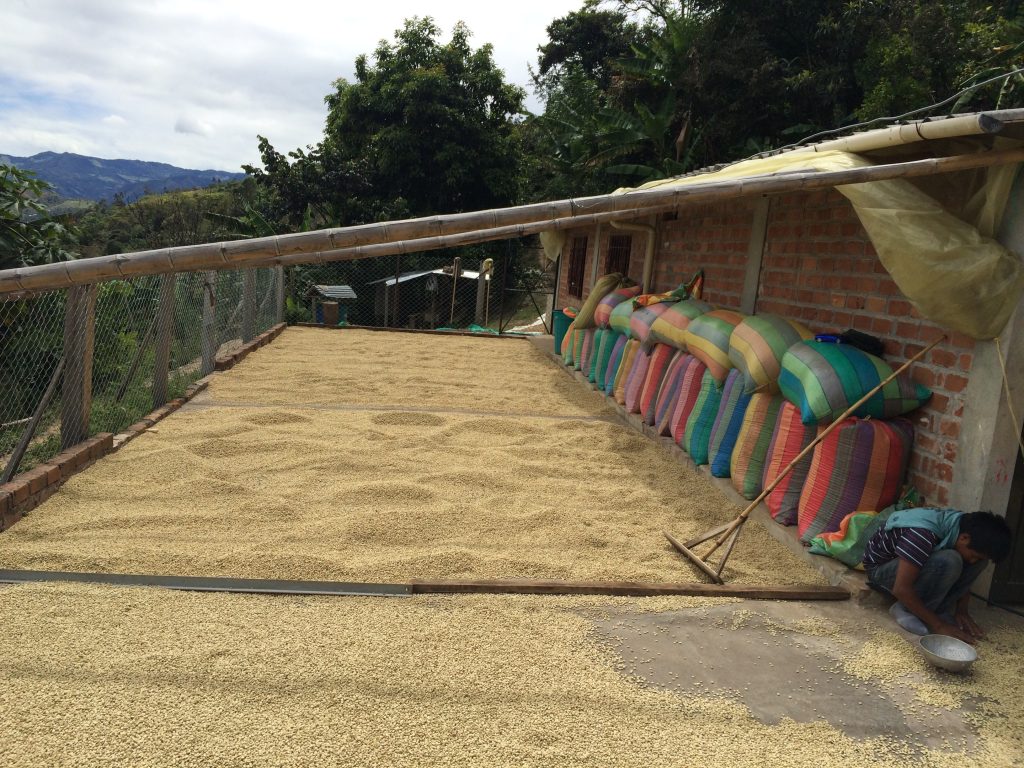
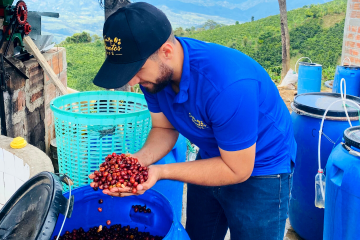
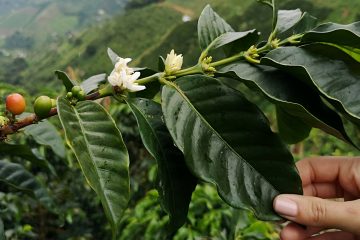
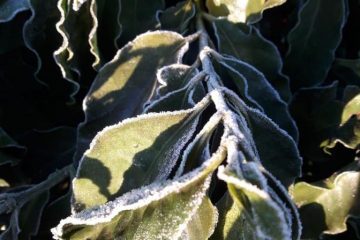
0 Comments